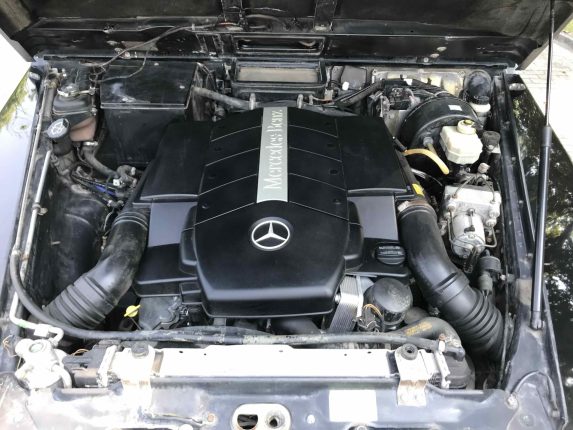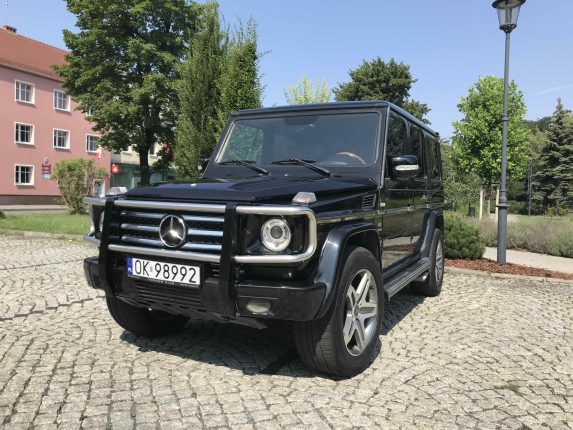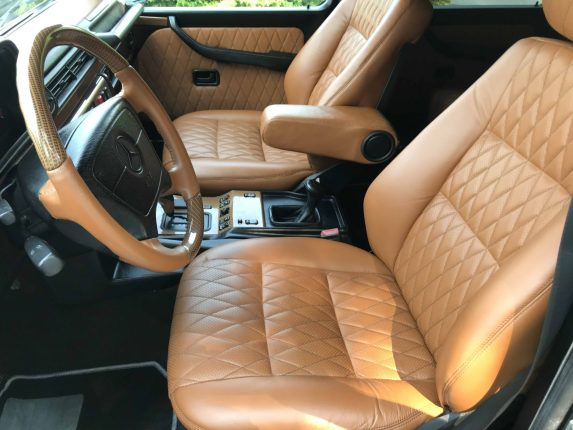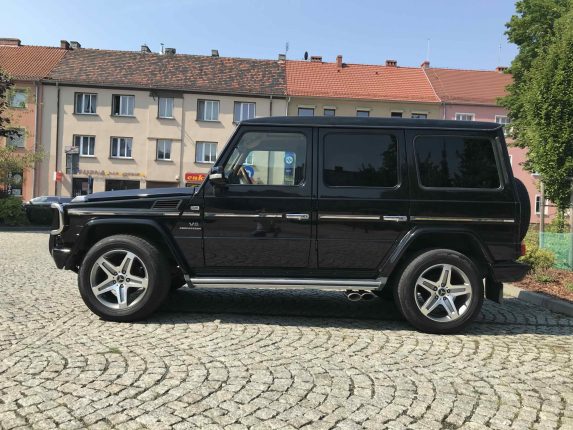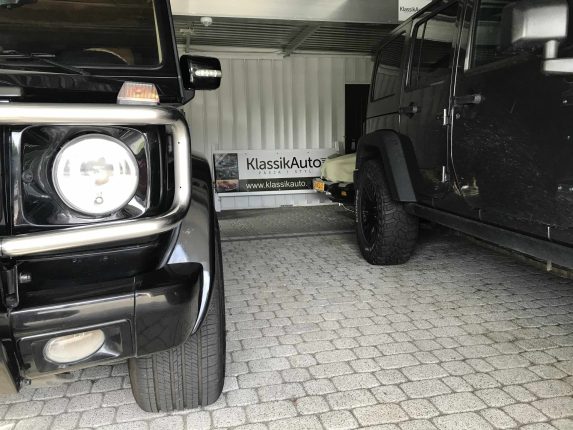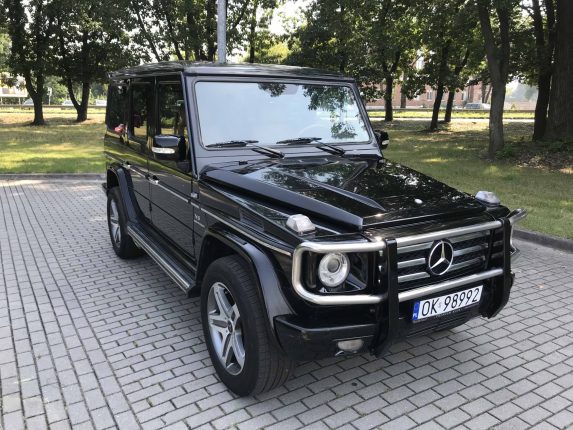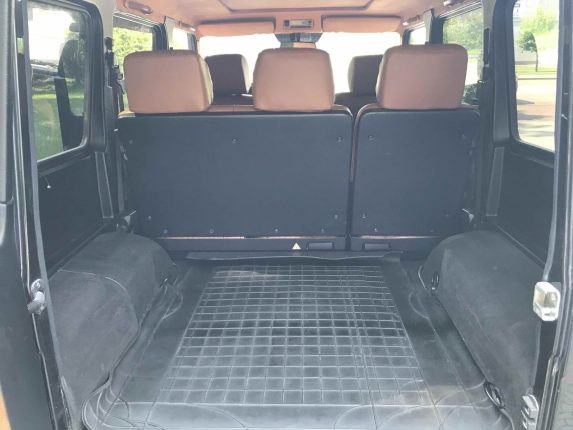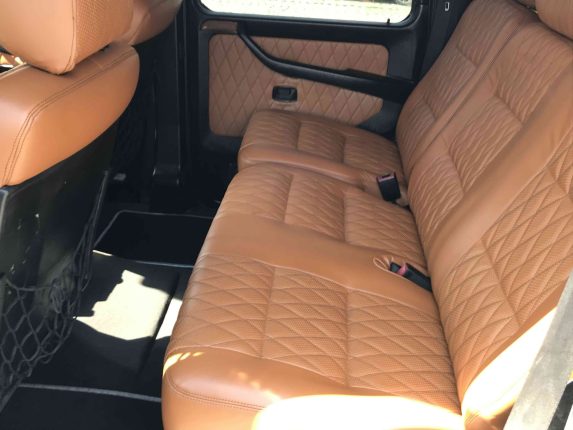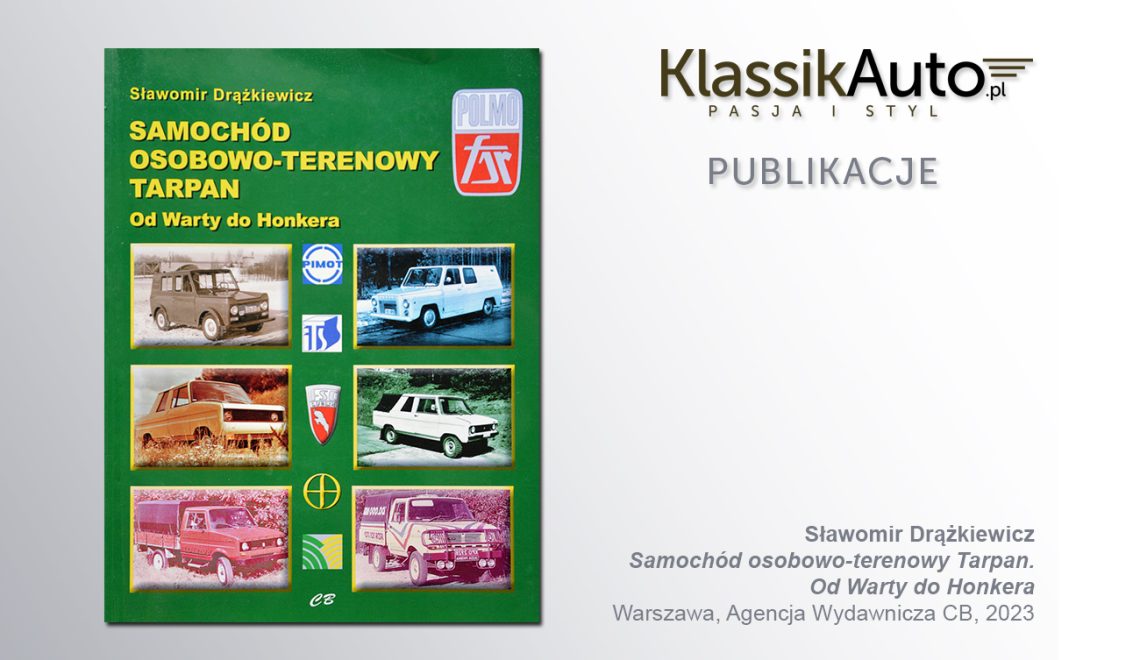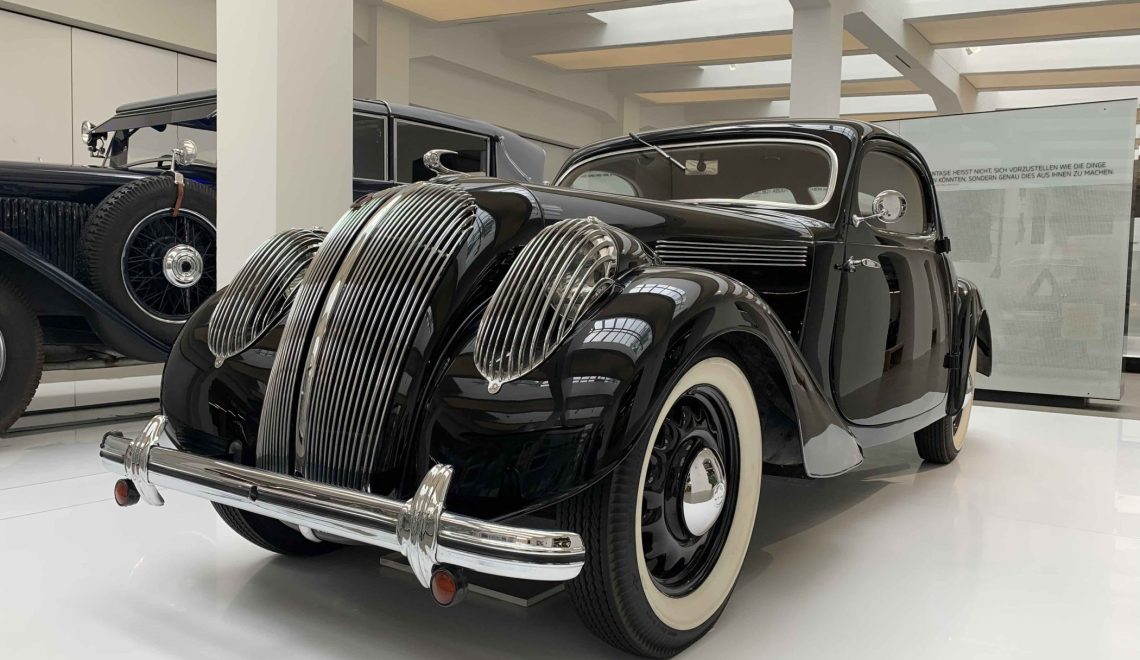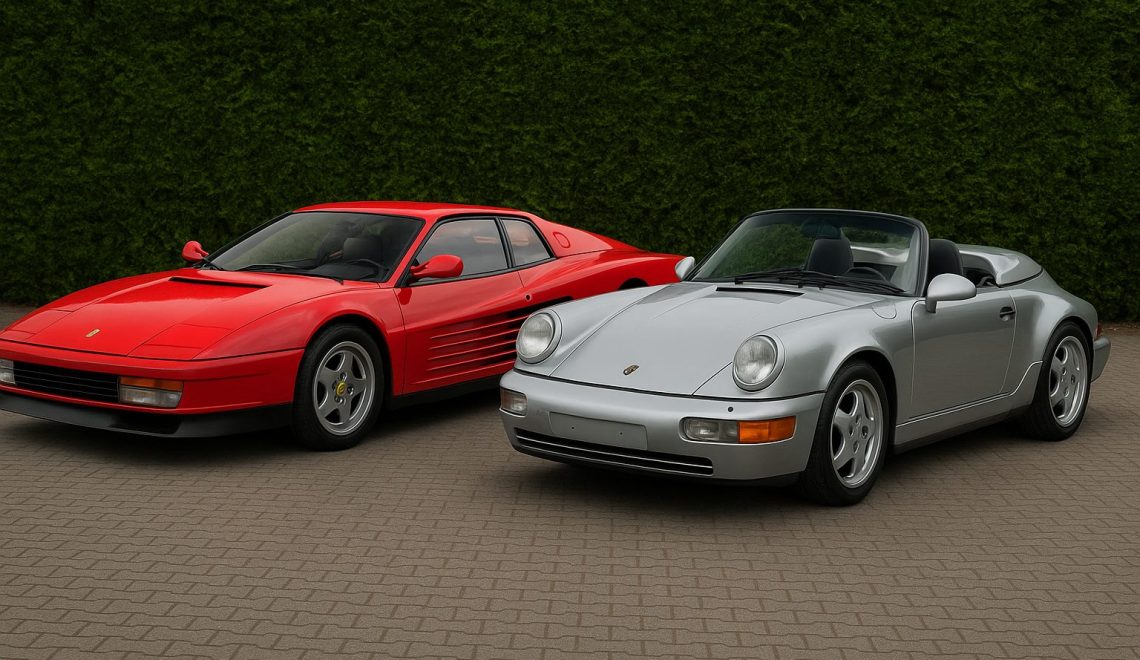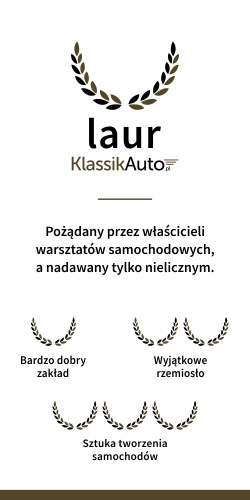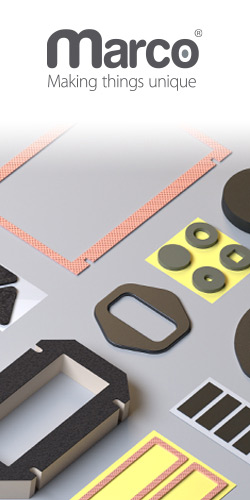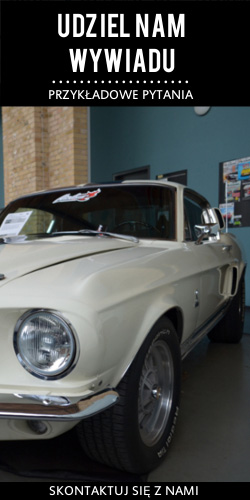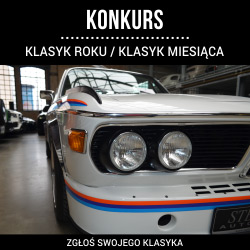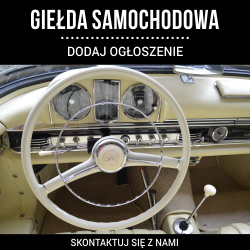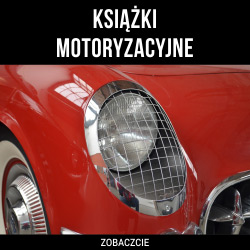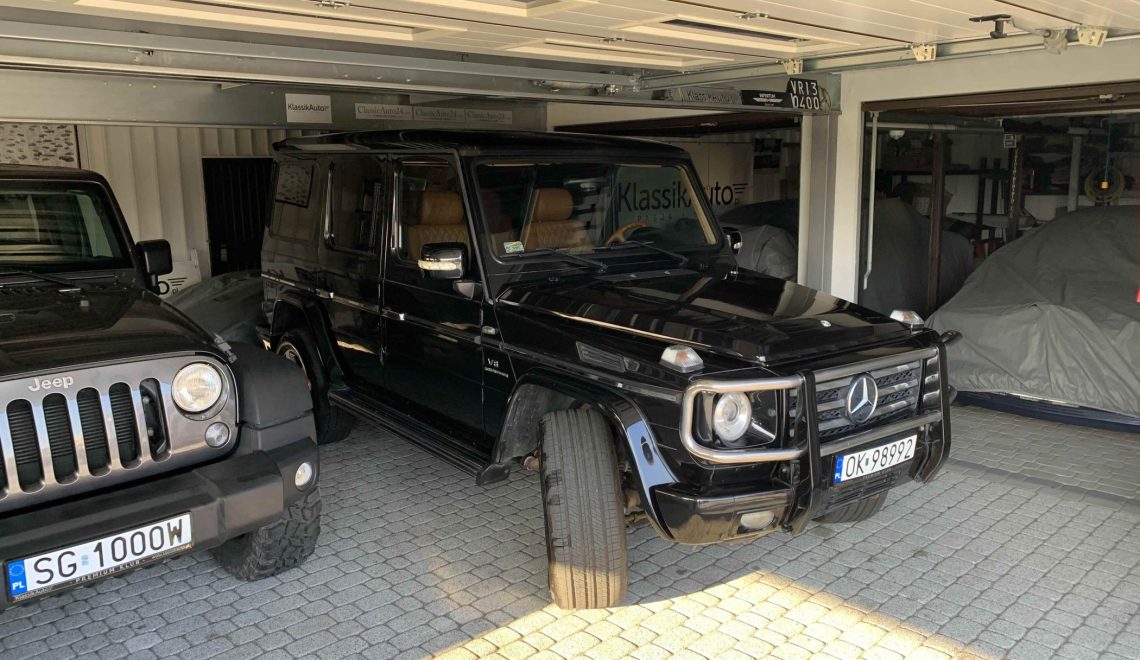
W świecie samochodów terenowych istnieją dwa modele, które zasługują na miano ikon. Jeep Wrangler JK Rubicon z 2018 roku oraz Mercedes-Benz G 500 W463 z 2000 roku to pojazdy o odmiennym charakterze, ale z tą samą filozofią – bezkompromisową jazdą w terenie. Jeden reprezentuje amerykańską szkołę off-roadu, drugi – niemiecką solidność i luksus. Który z nich lepiej wypada w bezpośrednim porównaniu?
Silnik i osiągi – amerykańskie V6 kontra niemieckie V8
Pod maską Jeepa Wranglera JK Rubicon 2018 pracuje benzynowy silnik 3.6 V6 Pentastar o mocy 284 KM i momencie obrotowym 347 Nm. To jednostka znana z niezawodności i elastyczności, łączona z 6-biegową manualną lub 5-biegową automatyczną skrzynią biegów. Mimo że Rubicon nie jest nastawiony na osiągi, potrafi rozpędzić się od 0 do 100 km/h w około 8,1 sekundy, a prędkość maksymalna wynosi 180 km/h.
Największą różnicą między wersją Rubicon a pozostałymi odmianami Wranglera jest terenowa konfiguracja napędu. Rubicon ma system Rock-Trac 4×4 z przełożeniem reduktora 4:1, blokady mostów Tru-Lok (przód i tył) oraz rozłączany stabilizator poprzeczny. To czyni go jednym z najbardziej kompetentnych seryjnych samochodów terenowych świata.
Z kolei Mercedes-Benz G 500 (W463) z 2000 roku to klasyczny luksusowy terenowiec z potężnym silnikiem V8 o pojemności 5,0 litra i mocy 296 KM. Moment obrotowy wynosi 456 Nm, przekazywany na wszystkie koła przez stały napęd 4MATIC i automatyczną skrzynię biegów. Przyspieszenie do 100 km/h zajmuje około 9,7 sekundy, a prędkość maksymalna to 190 km/h.
Wniosek: Mercedes oferuje większy moment i klasyczny dźwięk V8, natomiast Wrangler Rubicon zapewnia lepsze osiągi w terenie i nowocześniejszą konstrukcję układu napędowego.
Terenowe możliwości – Rubicon kontra G-Klasa
W tym zestawieniu Jeep Wrangler JK Rubicon nie ma sobie równych. Dzięki wspomnianemu układowi Rock-Trac 4×4, blokadom mostów i potężnemu skokowi zawieszenia, Rubicon potrafi pokonywać przeszkody, na które inne auta nawet nie wjeżdżają. Kąt natarcia wynosi 38,8°, zejścia 31,6°, a rampowy to 25,2°. Głębokość brodzenia to około 760 mm – czyli więcej niż w większości SUV-ów.
Mercedes G 500 również ma wyjątkowe możliwości w terenie – trzy blokady mechanizmów różnicowych, reduktor i solidna rama sprawiają, że to prawdziwy wół roboczy. Jednak jego masa przekraczająca 2400 kg i długie zwisy nadwozia sprawiają, że w ekstremalnych warunkach może być mniej zwinny niż Jeep.
Wniosek: Jeep Wrangler Rubicon jest bardziej „hardkorowy” i powstał z myślą o off-roadzie, podczas gdy G 500 to luksusowy terenowiec z potężnym potencjałem, ale większym ciężarem i mniejszą precyzją w trudnym terenie.
Komfort i wnętrze – funkcjonalność vs luksus
Mercedes G 500 to wóz, który od zawsze łączył surową konstrukcję z luksusowym wykończeniem. Wnętrze z 2000 roku oferuje skórzaną tapicerkę, drewniane wstawki, automatyczną klimatyzację i komfortowe fotele. To auto, którym można pojechać w Alpy – i jednocześnie stanąć w błocie po ośki.
Jeep Wrangler Rubicon JK to zupełnie inna filozofia. Wnętrze jest proste, funkcjonalne, ale w wersji 2018 pojawiły się już elementy poprawiające komfort – ekran multimedialny, kamera cofania czy system Uconnect. Nadal jednak można zdemontować dach, drzwi i szybę czołową, co czyni go jedynym takim autem w tej klasie.
Wniosek: G 500 wygrywa luksusem, Jeep – wszechstronnością i autentycznym charakterem przygody.
Eksploatacja i koszty utrzymania
Jeep Wrangler JK Rubicon zużywa średnio 11–12 l/100 km w cyklu mieszanym, co jak na terenówkę jest wynikiem akceptowalnym. Części są łatwo dostępne, a układ napędowy – bardzo trwały. Jedynym minusem jest dość sztywne zawieszenie i hałas przy wyższych prędkościach.
Mercedes G 500 to inna historia. Potężny silnik V8 potrzebuje nawet 22 l/100 km w mieście, a utrzymanie napędu 4MATIC i automatu jest kosztowne. Dodatkowo starsze egzemplarze mogą wymagać kosztownych napraw elektroniki i korozji ramy. Ale dla fana klasyków – to cena za prestiż i charakter.
Dla kogo Rubicon, a dla kogo G-Klasa?
-
Jeep Wrangler JK Rubicon 3.6 V6 (2018) – dla osób szukających prawdziwego samochodu terenowego z nowoczesną technologią, legendarną niezawodnością i możliwością jazdy w każdych warunkach. To auto dla pasjonatów wypraw, którzy chcą mieć pojazd gotowy na wszystko.
-
Mercedes G 500 (2000) – dla kolekcjonera lub entuzjasty klasyków, który ceni brzmienie V8, ponadczasowy wygląd i wyjątkowy prestiż. To bardziej samochód z duszą niż narzędzie do codziennego off-roadu.
Podsumowanie
| Cecha | Jeep Wrangler JK Rubicon 2018 | Mercedes G 500 2000 |
|---|---|---|
| Silnik | 3.6 V6 (284 KM, 347 Nm) | 5.0 V8 (296 KM, 456 Nm) |
| 0–100 km/h | 8,1 s | 9,7 s |
| Napęd | Rock-Trac 4×4, blokady Tru-Lok | 4MATIC, 3 blokady dyferencjałów |
| Kąt natarcia / zejścia | 38,8° / 31,6° | 36° / 27° |
| Spalanie (mieszane) | 11,3 l/100 km | 16,7 l/100 km |
| Charakter | ekstremalny off-road, nowoczesność | luksusowy klasyk, prestiż |
| Rocznik | 2018 | 2000 |
Źródła:
-
Auto-Data.net – Jeep Wrangler III JK Rubicon 3.6 V6 285HP
-
AutoCentrum.pl – Jeep Wrangler III Rubicon 3.6 V6 284 KM
-
EncyCarPedia – Jeep Wrangler 3.6 V6 Rubicon
-
Auto-Data.net – Mercedes-Benz G-Class W463 G 500 296HP
-
EngineInDetail – Mercedes-Benz G 500 Station Wagon (2000)
Jeep Wrangler JK Rubicon V6 vs Mercedes G 500 – The Clash of Off-Road Legends
In the world of off-road vehicles, two names command universal respect — the 2018 Jeep Wrangler JK Rubicon and the 2000 Mercedes-Benz G 500 (W463). Both are icons of ruggedness and capability, but they represent two completely different philosophies. One is the modern heir to the legendary Willys Jeep, built for adventure and freedom; the other is a luxurious German off-roader designed for both mountain passes and city boulevards. Let’s see which one truly reigns supreme.
Engine and Performance – American V6 vs German V8
Under the hood of the 2018 Jeep Wrangler JK Rubicon lies the well-known 3.6-liter Pentastar V6 engine, delivering 284 hp and 347 Nm (256 lb-ft) of torque. Paired with either a 6-speed manual or a 5-speed automatic transmission, it provides smooth power delivery both on and off the road. The Rubicon accelerates from 0–100 km/h (0–62 mph) in around 8.1 seconds, with a top speed of 180 km/h (112 mph).
What sets the Rubicon apart from other Wrangler versions is its Rock-Trac 4×4 system, which includes a 4:1 low-range transfer case, Tru-Lok front and rear differential locks, and an electronic sway bar disconnect. These features make it one of the most capable factory-built off-road vehicles in the world.
By contrast, the 2000 Mercedes-Benz G 500 (W463) carries a powerful 5.0-liter V8 engine producing 296 hp and 456 Nm (336 lb-ft) of torque. Power is distributed to all four wheels through a permanent 4MATIC all-wheel-drive systemand an automatic transmission. Despite its weight (over 2.4 tons), it sprints from 0–100 km/h in about 9.7 seconds and reaches a top speed of 190 km/h (118 mph).
Verdict: The Mercedes offers more torque and the classic sound of a V8, but the Wrangler Rubicon boasts newer technology and far superior off-road gearing.
Off-Road Capabilities – Rubicon Dominates the Wild
When it comes to serious off-roading, the Jeep Wrangler JK Rubicon is in a league of its own. Thanks to its Rock-Trac 4×4 drivetrain, locking differentials, and flexible suspension, it can conquer terrain that most vehicles wouldn’t dare approach. Its approach angle is 38.8°, departure 31.6°, and breakover 25.2°. The Rubicon can ford water up to 760 mm (30 inches) deep, making it one of the most capable trail vehicles on the planet.
The Mercedes G 500, meanwhile, is a formidable classic off-roader in its own right. Equipped with three locking differentials, a two-speed transfer case, and a ladder frame chassis, the G-Class was built to handle rugged terrain. However, its greater weight and longer overhangs make it less agile than the Rubicon in extreme conditions.
Verdict: The Jeep Wrangler Rubicon is a purpose-built off-road machine, while the G 500 combines old-school strength with luxury, at the expense of agility.
Interior and Comfort – Functionality vs Luxury
The Mercedes G 500 blends toughness with sophistication. Its 2000-era cabin features leather upholstery, wood trim, automatic climate control, and comfortable seats. Despite its boxy shape, it feels every bit the luxury SUV it was meant to be. It’s a vehicle equally at home in the city or deep in the wilderness.
The Jeep Wrangler Rubicon JK offers a more utilitarian approach. Its interior is functional but improved compared to earlier generations. The 2018 model brought features like a touchscreen Uconnect system, rear-view camera, and better ergonomics. Yet, it remains true to its roots — you can still remove the roof, doors, and even fold down the windshield, transforming it into an open-air adventure vehicle.
Verdict: The Mercedes wins for luxury and comfort, while the Jeep triumphs in versatility and authentic off-road spirit.
Running Costs and Maintenance
Here’s where practicality comes into play.
The Jeep Wrangler Rubicon averages around 11–12 liters/100 km (20–21 mpg) — respectable for a genuine off-roader. Parts are easy to source, and the drivetrain is famously durable. The suspension can feel firm on the road, but it’s a small price for true trail capability.
The Mercedes G 500, however, is far thirstier, consuming up to 22 liters/100 km (12 mpg) in city driving and around 16–17 liters/100 km (14–15 mpg) combined. Maintenance costs are significantly higher due to its age, complexity, and premium parts. But for enthusiasts and collectors, its charm and prestige often outweigh the expenses.
Who Should Choose Which?
-
Jeep Wrangler JK Rubicon 3.6 V6 (2018): Perfect for adventurers who crave authenticity, capability, and modern dependability. It’s a go-anywhere vehicle that’s equally ready for muddy trails and weekend trips.
-
Mercedes-Benz G 500 (2000): Ideal for collectors or enthusiasts who appreciate classic engineering, V8 power, and timeless design. It’s more about prestige, comfort, and heritage than raw off-road punishment.
Summary
| Feature | Jeep Wrangler JK Rubicon 2018 | Mercedes G 500 2000 |
|---|---|---|
| Engine | 3.6L V6 (284 hp, 347 Nm) | 5.0L V8 (296 hp, 456 Nm) |
| 0–100 km/h | 8.1 s | 9.7 s |
| Drivetrain | Rock-Trac 4×4, Tru-Lok lockers | 4MATIC AWD, 3 differential locks |
| Approach / Departure | 38.8° / 31.6° | 36° / 27° |
| Fuel economy (combined) | 11.3 l/100 km | 16.7 l/100 km |
| Character | Hardcore off-road, modern | Luxurious classic, prestige |
| Model year | 2018 | 2000 |
Sources:
-
Auto-Data.net – Jeep Wrangler JK Rubicon 3.6 V6 285HP
-
AutoCentrum.pl – Jeep Wrangler III Rubicon 3.6 V6 284 KM
-
EncyCarPedia – Jeep Wrangler JK Rubicon 3.6 V6
-
Auto-Data.net – Mercedes-Benz G-Class W463 G 500 296HP
-
EngineInDetail – Mercedes-Benz G 500 Station Wagon (2000)




